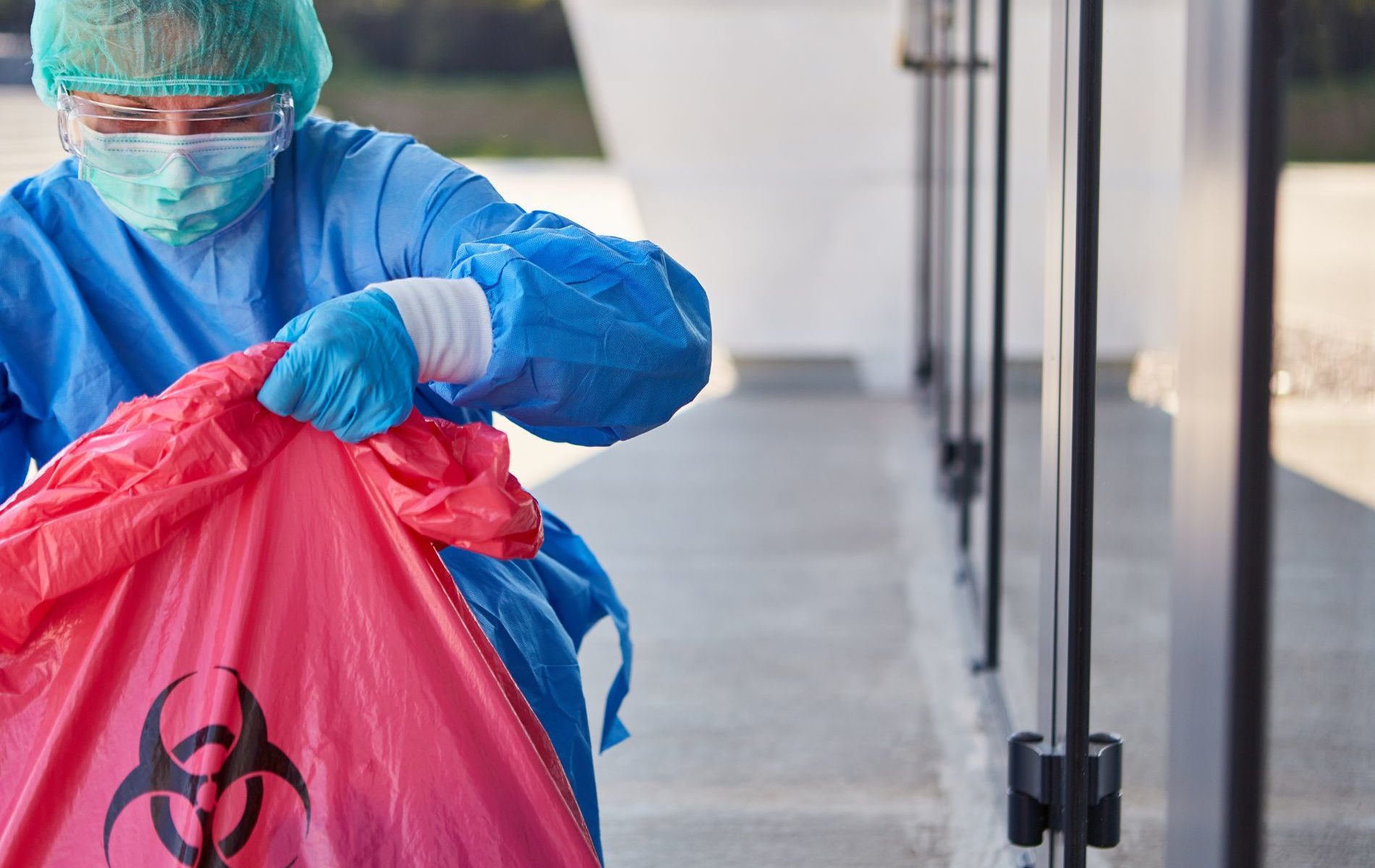Reclaim Waste Fundamentals Explained
Wiki Article
The Main Principles Of Reclaim Waste
Table of ContentsThe smart Trick of Reclaim Waste That Nobody is DiscussingThe Ultimate Guide To Reclaim WasteNot known Factual Statements About Reclaim Waste Indicators on Reclaim Waste You Should KnowReclaim Waste Things To Know Before You Get This
Residential sewer waste refers to the waste and items from a residential septic container. The appropriate monitoring and disposal of domestic sewer waste require liquid waste to be moved to a sewer treatment plant where the proper approaches and equipment are applied to detoxify and dispose of waste.
Industrial waste usually consists of prospective dangers, such as flammable products or a mix of liquid and strong waste products, and requires an advanced and thorough disposal process. The disposal of industrial waste commonly includes the filtration of waste before transport to ensure risk-free and appropriate disposal. Hazardous waste is created from byproducts and drainage of industrial processes and production.
This kind of waste can not utilize the exact same sewer monitoring transport or processes as septic or business fluids. The commercial waste monitoring procedure calls for the evaluation and screening of liquid waste before it undergoes the disposal procedure (industrial wastewater treatment). Drainage waste is the liquid waste that comes from runoff and excess stormwater in highly inhabited areas or cities
Overflow waste can trigger contamination and flooding otherwise dealt with appropriately. Learn extra regarding drain cleansing and waste management. Guaranteeing appropriate waste administration can stop calamities and reduce ecological injury. Both individuals in residential settings and professionals in commercial or manufacturing industries can profit from recognizing the procedures and regulations of fluid waste administration.
Reclaim Waste Can Be Fun For Anyone
Contact PROS Providers today to learn more about our waste administration and disposal solutions and the proper methods to care for the fluid waste you produce.(https://disqus.com/by/reclaimwaste1/about/)This so-called 'wastewater' is not just an important source but, after therapy, will be launched to our land, waterways or the sea. Used water from bathrooms, showers, bathrooms, kitchen area sinks, washings and industrial processes is known as wastewater.

water made use of to cool equipment or tidy plant and devices). Stormwater, a kind of wastewater, is runoff that moves from agricultural and metropolitan locations such as roof coverings, parks, gardens, roads, courses and rain gutters right into stormwater drains pipes, after rainfall. Stormwater flows untreated directly to regional creeks or rivers, eventually reaching the ocean.
The Best Strategy To Use For Reclaim Waste
In Queensland, the majority of wastewater is dealt with at sewer treatment plants. Wastewater is transported from domestic or commercial websites through a system of sewers and pump stations, recognized as sewage reticulation, to a sewage treatment plant.The Department of Natural Resources suggests city governments about handling, operating and preserving sewerage systems and therapy plants. In unsewered areas, city governments might call for owners to set up private or family sewage therapy systems to deal with residential wastewater from toilets, kitchens, washrooms and washings. more helpful hints The Department of Natural Resources authorises making use of house systems when they are confirmed to be efficient.
In some new class, treatment of some stormwater to get rid of trash, sand and crushed rock has actually begun making use of gross pollutant catches. Wastewater treatment happens in 4 stages: Removes solid issue.
Uses small living microorganisms understands as micro-organisms to damage down and get rid of remaining liquified wastes and great fragments. Micro-organisms and wastes are incorporated in the sludge.
7 Simple Techniques For Reclaim Waste
Nutrient removal is not available at all sewer therapy plants due to the fact that it requires pricey specialised tools. Clear fluid effluent created after treatment may still contain disease-causing micro-organisms - liquid waste removal.
This typically implies wastewater needs to be dealt with or contaminants removed prior to it can be released to waterways. Most wastewater moves right into the sewage system. Under the Act, neighborhood federal governments provide authorizations and licences for ecologically relevant tasks (Ages) including wastewater releases that could have a regional influence. The department provides approvals and licences to Ages involving wastewater releases that might have a local or statewide effect.
Reclaim Waste Things To Know Before You Buy
Surveillance gives valid information regarding water high quality and can verify that licence conditions are being met. The information acquired with tracking provides the basis for making water top quality choices.Report this wiki page